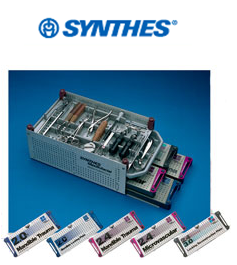Zygomaticomaxillary complex fractures with significantly
comminuted zygomatic arch fractures need wide exposure to the lateral aspect of
the orbit as well as the zygomatic arch. This exposure is necessary to confirm
adequate alignment of the lateral orbital wall as well as allow for stable open
reduction and internal fixation.
I have found that the coronal exposure with subperiosteal
elevation to the nasion with release of the supraorbital neurovascular bundles,
bilaterally, can deliver excellent exposure of the lateral orbital rim. Once
the operative surgeon has obtained this exposure, there is now easy access to
plating the strongest fracture point of the zygomaticomaxillary complex. While
the plate is being applied, pressure can be placed superiorly and laterally on
the fractured complex, and fracture position can also be confirmed at the
orbital rim.

Once the zygomaticofrontal process is stabilized, I then turn
my attention to the zygomatic arch. Great care is taken when approaching the
zygomatic arch, so that the frontal branch of the facial nerve can be elevated
in the flap. Typically, I follow the zygomaticofrontal process inferiorly with
my periosteal elevator, and, once the superficial temporal fat pad is reached,
I push the fat pad inferiorly and laterally. This confirms not only that I am
approaching the arch at a level amenable to plating, but also the frontal
branch of the facial nerve is protected.
www.drbriandickinson.com










